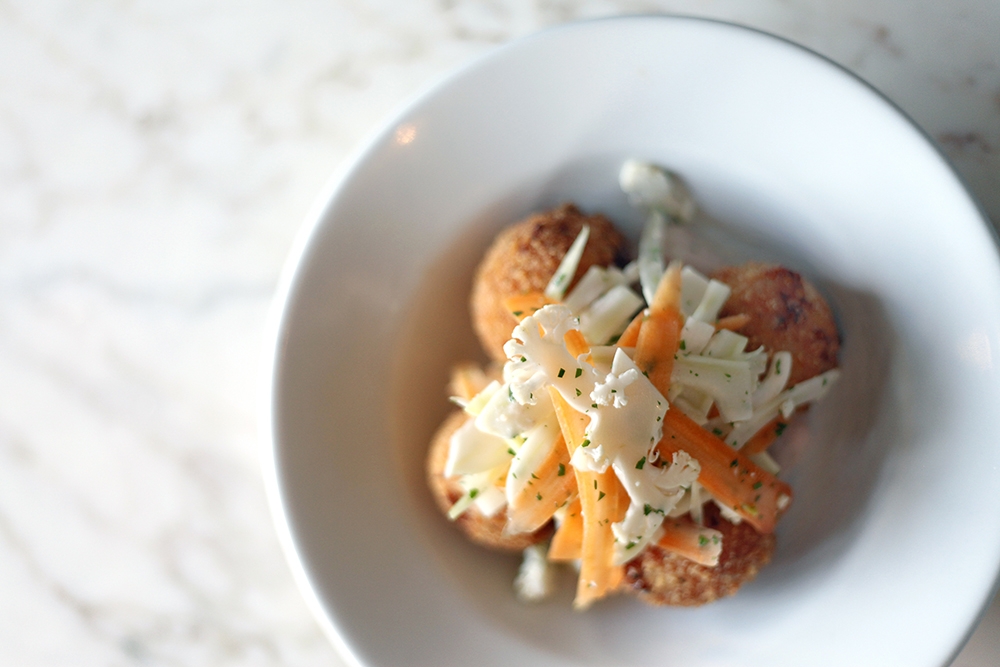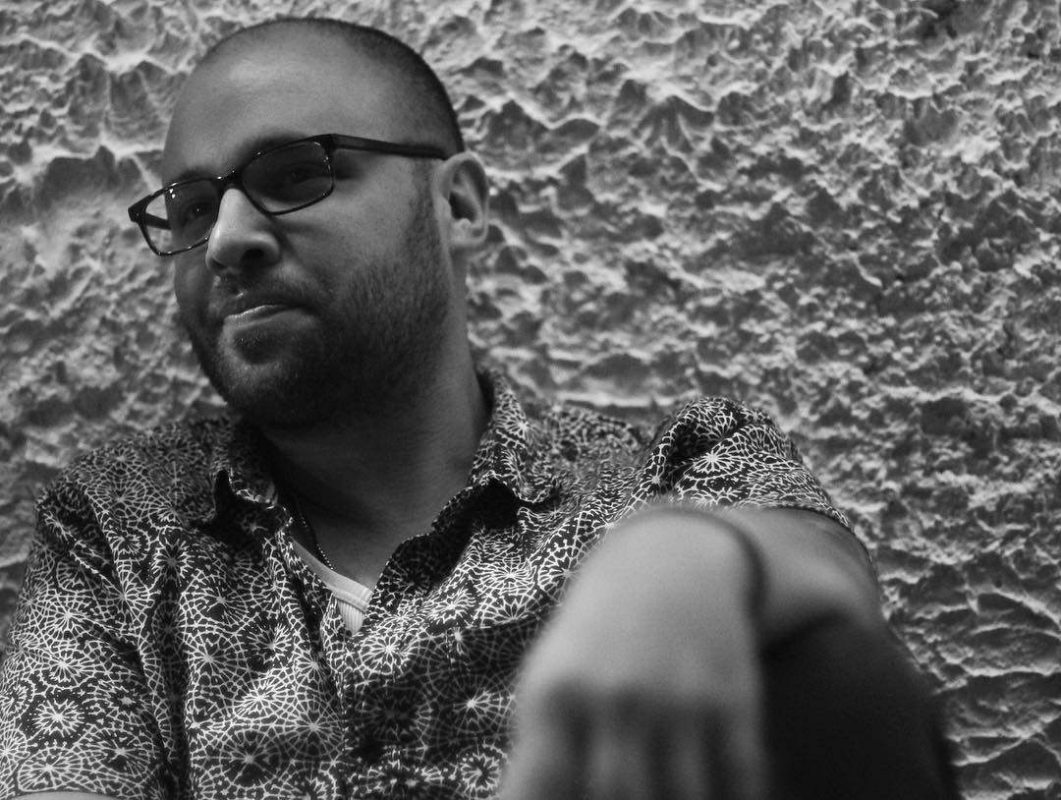
Elan Kotz helped open The Food Market in 2012 but has been out of the business of running a restaurant for about four years now. Kotz took a break from the industry to develop a travel/dining app, but he’s more than happy to be back in the thick of things with his new spot, Orto, in Station North.
“I didn’t realize how much I really missed it,” he says. “Being back in the business has been awesome. There are some voids in the market—just because we’re in Baltimore doesn’t mean that people don’t love to eat good food.”
We got a chance to talk to Kotz about his new restaurant venture, its early success, and the impact he hopes Orto has on the neighborhood.
How did Orto come to occupy the Bottega/Colette space near The Charles Theatre? I know that you were friends with the owner Adrien Aeschliman.
Adrien brought me in to consult on a few things. He was moving to Cleveland where his wife is from and had gotten a job and his plan was to fly back and forth while running Bottega. After exploring that for a bit, he decided to pursue other opportunities in Cleveland.
Did you think about keeping it as Bottega?
We wanted to do full branding and a full concept—I didn’t want to pick up anyone’s dirty laundry. So we changed the name and the menu, though not the whole concept. It’s still Italian inspired. I do think that there’s a big void for approachable, Italian-inspired fare. We also kept as many of the employees as possible. The chef, Stefano Porcile, was the chef at little Bottega, as we call it, when it was on Maryland Avenue.
What was your menu mission?
We wanted to reinvent the space and the menu. We didn’t lean to Bottega for anything other than the fact that they were one of the restaurants in the city doing delicious homemade pastas. With Orto, meaning vegetable garden, I wanted to move to the lighter side of Italian cooking and highlight delicious fresh ingredients prepared simply—that to me is what Italian cooking is all about. As the season changes and produce starts hitting and farmers bring in delicious proteins, we will focus more on that the vegetable side of things, the lighter side of things.

What did you decide to do with the décor? The main goal was to lighten the space, more from a color palette than a lighting perspective. Bottega was really dark. I like the coziness of dim lights and candles. In Bottega, in the salon area near the bar, the bottom half of the walls was high gloss black and above the chair rail was a darker green—that made that whole space feel really tight. We changed it to a warm green on the bottom and added a plaster treatment on the top to make the space feel young and fresh with a focus on natural materials all inside a 100-year-old building.
Any other aesthetic changes? The most important design aspect for me is that I lowered the bar and changed it from being a standing bar to a bar where people can sit and have a meal. I personally love to eat at a bar—you can have the same meal in the same space. You can come in and have something small or have a three-course meal at the bar.
Speaking of the bar, you just got your liquor license. Tell me about your bar program. The wine program will be very much Italian with New World stuff, not only Italian wine, but value-driven wine that will pair beautifully with our menu—whites, reds, bubbles by the glass and bottle. We are also going to offer a tight beer program of four drafts, most notably Peroni on draft and local beers and ciders, as well a cocktail program that we are still developing. We have Lindsay Crisler, who is very talented when comes to bar programing. Lindsay worked at Woodberry Kitchen for a while. She is focused on utilizing local ingredients and herbs, as well as homemade tinctures and syrups. We will have some riffs on classic cocktails. We are trying to have delicious cocktails that add to the entire dining experience and are developing digestivos and amaros for dessert.
How did you come up with the name Orto? I knew that I wanted to focus on the lighter side of Italian cooking. I have a cousin who lives in Milan. For a time, we thought it should it be a woman’s name—we were looking at Leila or Lily—or someone’s name so that it has that homey feel. I went back and forth on it and the name may have actually come from Lindsay. I like the ring of it. It’s short and memorable. When I found out the meaning, I loved the story that it could tell for the restaurant.
Any other upcoming plans as you evolve? We will be adding a brunch in the near future and we will also be doing some cool programming for happy hour and late night.
One month in and the line is already out the door. We are so grateful—the response has been phenomenal. It’s interesting to say that we have regulars when we’re not even open for a month, but we do. I think it’s a testament to a cozy space that doesn’t take itself too seriously—you can come in tonight and have an arugula salad or mussels and come in and do three or four courses and a bottle of Brunello.
What can be done to improve the scene? The people in Baltimore really do love good food and want to support it, but it’s hard because a lot of diners are coming in from the county on the weekends. The city has had a tough run over the past few years and scared people off. Along with that, some operators have been apprehensive, asking themselves, ‘Is this the right location?’ It’s a big undertaking and putting a lot on the line.
People need to continue to invest in certain neighborhoods. Some people love Hampden or Butchers Hill or where have you. It’s important to have more mass—I love that we’re next to Tapas Teatro and Penn & Quill, to have that synergy is really special. We have a really strong culture here [in Station North]. Will and Rosemary at Le Comptoir du Vin recently went on vacation for a week and put a sign on the door of their restaurant, which is around the block, telling everyone to come here.
